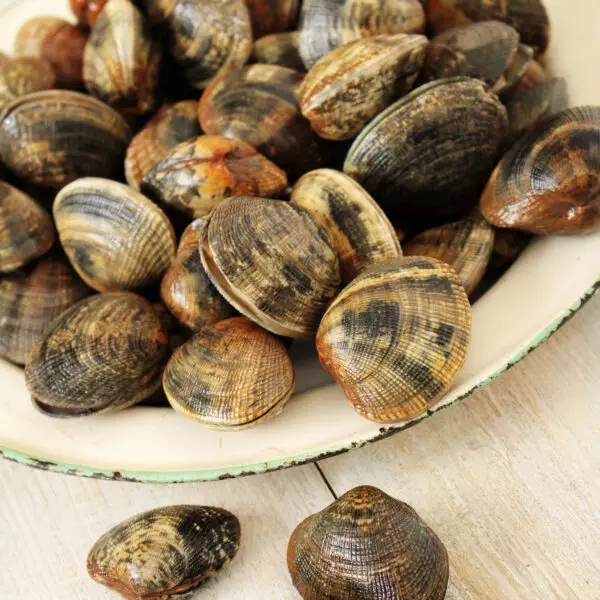Balanced Diets PlateTo creatermonal imbalances? Do you feel like your mood swings are out of control, or that you’re experiencing weight gain despite a healthy diet and exercise routine? If so, it may be time to take a closer look at your nutritional habits. In this blog post, we will explore how balanced nutrition can help balance your hormones and improve your overall well-being.
End Sugar Addiction
Sugar is one of the biggest culprits when it comes to hormonal imbalance. The spikes in blood sugar levels caused by consuming too much sugar can lead to inflammation and other negative effects on the body. Too much sugar also leads to insulin resistance, which can further exacerbate hormonal issues such as PMS, menopause symptoms, and polycystic ovary syndrome (PCOS). So, if you want to Balance your hormones, start by reducing your intake of added sugars from processed foods and drinks. Instead, focus on whole foods that provide sustained energy throughout the day.
Balanced Diet Food List
A balanced diet includes a variety of nutrient-dense foods that provide essential vitamins and minerals for optimal hormone function. Some key food groups include:
1. Fruits and vegetables – These foods contain phytochemicals that support hormonal balance and reduce inflammation. Choose colorful fruits and veggies for maximum benefit.
2. Whole grains – Complex carbohydrates found in whole grains help regulate blood sugar levels and provide sustained energy. Opt for brown rice, quinoa, and whole wheat bread instead of refined options.
3. Lean protein sources – Protein helps build and repair tissues, including those involved in hormone production. Choose lean meats, poultry, fish, eggs, and legumes.
4. Healthy fats – Monounsaturated and polyunsaturated fats found in nuts, seeds, avocadoes, and olive oil help promote hormonal balance and reduce inflammation.
5. Dairy products – Calcium and vitamin D found in dairy products are important for bone health, which is crucial for hormonal balance. Choose low-fat or fat-free milk, yogurt, and cheese.

Balanced Diets Plate
To create a balanced plate, follow these guidelines:
1. Half your plate should be filled with non-starchy vegetables or fruit.
2. One quarter of your plate should consist of whole grains, such as brown rice or whole wheat pasta.
3. One quarter of your plate should be reserved for lean proteins, such as chicken breast, salmon, or tofu.
4. Use smaller plates to control portion sizes and avoid overeating.
Exercise for Hormonal Health
Regular physical activity has been shown to have numerous benefits for hormonal health. It can help reduce stress, boost endorphins, and increase metabolism, all of which contribute to better hormonal balance. Aim for at least 30 minutes of moderate intensity exercise most days of the week. This could include brisk walking, cycling, or jogging. Additionally, incorporating strength training into your workout routine can help build muscle mass, which is important for maintaining healthy hormone levels. Remember to listen to your body and rest when needed to prevent burnout and injury.









